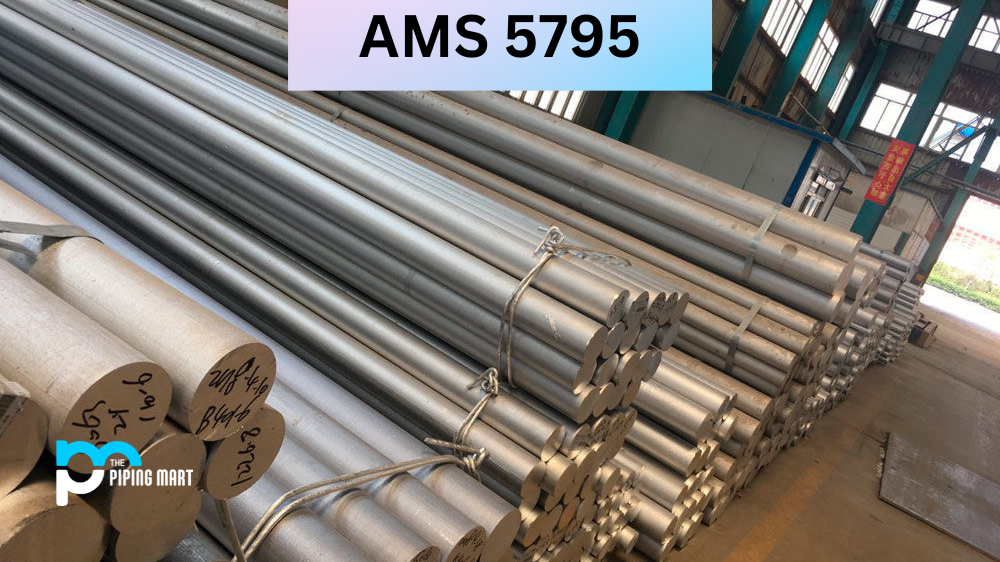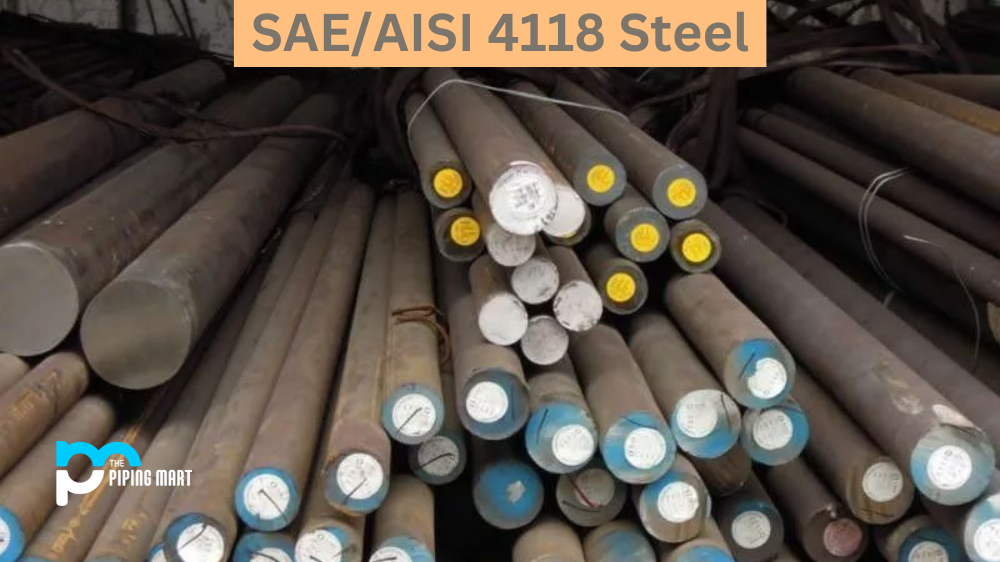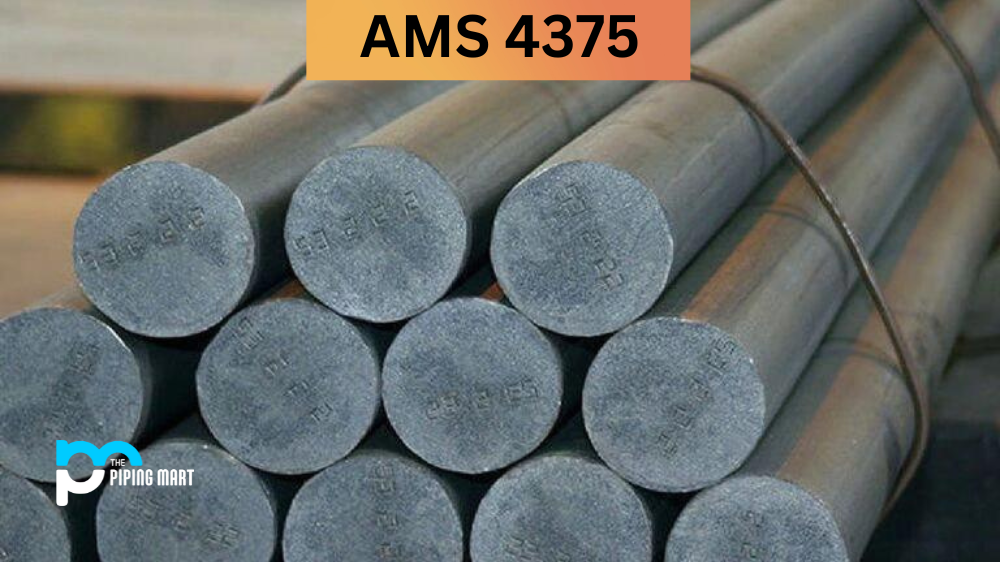Aluminium 7175 is an alloy of aluminium, copper, zinc, and magnesium. UNS A97175 is a high-strength and corrosion-resistant material that is used in many different industries for its heat resistance and machining properties. In this guide, we’ll discuss the various uses of 7175 Alloy, its corrosion resistance, heat resistance, heat treatment, machining characteristics, and welding capabilities.
7175 Alloy Composition
| Element | Content (%) |
|---|---|
| Aluminum, Al | 90.0 |
| Zinc, Zn | 5.6 |
| Magnesium, Mg | 2.5 |
| Copper, Cu | 1.6 |
| Chromium, Cr | 0.23 |
7175 Alloy Physical Properties
| Properties | Metric | Imperial |
|---|---|---|
| Density | 2.6-2.8 g/cm³ | 0.0939-0.1011 lb/in³ |
| Melting point | 482°C | 900°F |
7175 Alloy Mechanical Properties
| Properties | Metric | Imperial |
|---|---|---|
| Elastic modulus | 70-80 Gpa | 10152-11603 ksi |
| Poisson’s ratio | 0.33 | 0.33 |
7175 Alloy Thermal Properties
| Properties | Conditions | ||
|---|---|---|---|
| T (°C) | Treatment | ||
| Thermal conductivity | 177 (W/mK) | 25 | O |
7175 Alloy Uses
Aluminium 7175 is highly versatile and can be used in a variety of applications. Its lightweight and high strength make it ideal for aerospace components like fuselage frames and aircraft wings. It’s also commonly used in automotive parts such as engine blocks and transmission housings. The material has excellent machining properties making it great for producing components with tight tolerances, such as turbine blades or medical implants. As well as this, aluminium 7175 can be found in structural components like bridges or buildings due to its good corrosion resistance.
Corrosion Resistance
Aluminium 7175 offers excellent corrosion resistance when compared to other alloys due to its two main elements – copper and zinc. These two metals form an almost impenetrable barrier against rusting agents like water or oxygen, which makes them perfect for outdoor applications where rust prevention is necessary. As well as this, the addition of magnesium further increases the corrosion resistance by creating an even more durable protective layer on the surface of the metal, preventing any corrosive agents from reaching the underlying structure of the component.
Heat Resistance
Aluminium 7175 also has excellent heat resistance thanks to its four primary elements – aluminium, copper, zinc, and magnesium – which have high melting points (above 660°C). This makes it suitable for applications where temperatures may exceed 500°C, such as aerospace engines or hot forging operations where extreme temperatures are required to shape components with precision and accuracy. In addition to this, aluminium 7175 also exhibits good thermal fatigue strength, which means that it can withstand repeated heating cycles without losing any of its mechanical properties over time.
Heat Treatment
The mechanical properties of aluminium 7175 can be further enhanced through a process known as heat treatment which involves heating the metal up to specific temperatures before quickly cooling it down again in order to alter the crystal structure within the metal and give it improved strength or hardness levels depending on what kind of heat treatment is performed. Heat treatments commonly used with aluminium alloys include solution treatments (where metals are heated to a temperature above their solvus point and then quenched) or ageing treatments (where metals are heated below their solvus point and then aged at room temperature). Both these processes can increase strength levels significantly while maintaining good ductility at lower temperatures, too, so they are often used when producing components that need higher fatigue performance than those made from regular alloys would provide.
Machining
Machining aluminium alloys can be difficult due to their low cutting speeds, but fortunately, aluminium 7175 has been designed with machinability in mind, which makes it easier to machine than some other alloys when using certain tools such as high-speed steel cutters or carbide-tipped cutters as these materials provide better chip evacuation than others do whilst also reducing tool wear rates at higher cutting speeds too since they have better toughness than most other materials available on today’s market.
Welding
Welding is another common operation performed on aluminium alloys, but again there are some considerations you must take into account before attempting any welding work on your project made from this material; firstly, you should always ensure that your weld area is free from dirt or debris before attempting any welding work otherwise you will risk poor weld quality due to contamination issues occurring within your weld pool during welding operations Secondly you should also check that your power supply settings are correct before commencing with any welding work otherwise you might end up damaging your equipment whilst still trying to achieve satisfactory results from your welds.
Conclusion:
Overall, aliminium7 175 is a great choice for many applications thanks to its combination of high mechanical strength yet lightweight construction combined with excellent machinability plus strong corrosion & heat resistant characteristics making it one of the most popular choices amongst manufacturers working within many different industries today whether they require complex shapes produced via CNC milling operations or simple structures produced via basic hand welding techniques -aliminium7 175 will certainly rise up to meet whatever challenge thrown at it!

A passionate metal industry expert and blogger. With over 5 years of experience in the field, Palak brings a wealth of knowledge and insight to her writing. Whether discussing the latest trends in the metal industry or sharing tips, she is dedicated to helping others succeed in the metal industry.




